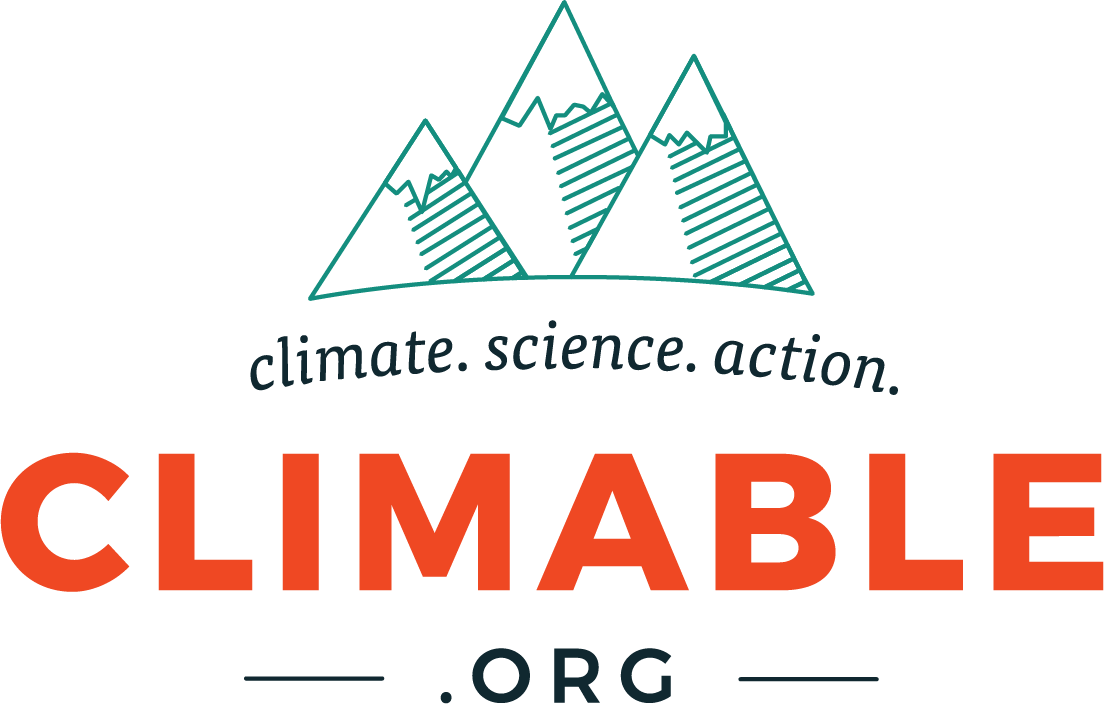by Jessica Hall
I’m sure by now you’ve seen new AI tools added to common apps and platforms such as Amazon, Snapchat, Instagram, Google, and more. You may have also used AI technology, such as ChatGPT or Deepseek, to search for information, create an image, or revise a document. I definitely have! They can be helpful in a number of ways. So, hey, what's the harm in a simple ChatGPT search? Well, let's talk about it…
Every time you type a question into an AI system like ChatGPT, it processes your input through billions of parameters, using complex algorithms to analyze data and recognize patterns in order to generate a response. Developers continuously feed AI models vast amounts of data and regularly adjust the parameters to improve their ability to learn and perform accurately.
This is made possible by the physical infrastructure of data centers. Data centers support the training, deployment, and operation of these advanced AI models. While data centers have existed as long as modern computing has, the demand for them is increasing due to the growth of AI. This comes with many costs.
What are the Environmental Impacts of AI Usage?
In the past, when demand was lower, data centers would take about 10 years to build. Now, they must be built within two years to meet the increasing demand for AI. Additionally, millions of gallons of water are used yearly to cool data center equipment, and tremendous amounts of energy are needed to power it. According to Vijay Gadepally, senior scientist at the MIT Lincoln Laboratory Supercomputing Center, “data center demand used to be about one to two percent of the United States’ electricity consumption, as of today, we're somewhere around four or five percent.”
Energy usage has a direct impact on the environment. The primary sources used to generate electricity—fossil fuels—are linked to air pollution, water pollution, greenhouse gas emissions, climate change, and environmental injustices. The ever-increasing need for electricity to power AI is driving a new pushback on the clean energy transition. Some companies currently rely on fossil fuel-powered generators, and some officials are calling for a return to emission-intensive energy sources, such as coal. This is undermining tech sector commitments to use more renewable energy.
An infographic created by IMD Tonomus Global Center for Digital and AI Transformation and featured in the article, “Big AI’s dirty secret: The environmental cost of generative AI” by Michael R. Wade and Jialu Shan, March 2025. Read the article and get a closer look at the infographic here.
What Can Be Done?
Despite the concerning energy demands of AI, there are ways to make AI use more sustainable. To reduce the energy needed to process AI queries, researchers at MIT are developing new methods. These methods would identify and eliminate unnecessary parameters early in the AI training process. This approach significantly reduces computing power and energy use! Additionally, to reduce water consumption, an increasing number of data centers are opting for water-free cooling systems to save millions of gallons of water each year.
What can you do as an individual?
Use AI tools intentionally - Only use AI when it is absolutely necessary, instead of casually or for simple tasks.
Avoid Follow-ups - Every prompt you feed an AI activates a data center's processing power. Think about your question beforehand to reduce the number of unnecessary follow-ups.
Limit the use of AI for image or video generation - These tasks require a lot more energy than text-based prompts.
The convenience and benefits AI offers, such as streamlining tasks, sparking creativity, and providing instant access to knowledge, are undeniable. As AI becomes increasingly part of our everyday lives, it’s easy to overlook the costs tied to its convenience, especially when they’re not readily visible. Understanding the environmental costs helps us make more informed choices about how and when we use these powerful tools. By using AI more mindfully and supporting efforts to make its infrastructure more sustainable, we can help ensure that technological advancement doesn't come at the expense of the planet.
Want to fight back? Start by checking out this resource by the Kairos Fellowship.



